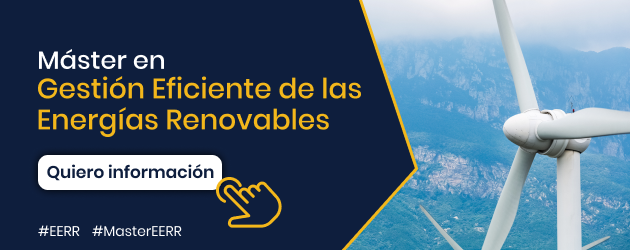Concrete, one of the cornerstones of modern construction, has been fundamental to the development of infrastructure around the world. However, its production has historically been associated with high carbon dioxide (CO2) emissions, significantly contributing to global warming. In response to this challenge, the concrete industry is undergoing a transformation toward decarbonization, utilizing new technologies and sustainable practices to reduce its ecological footprint.
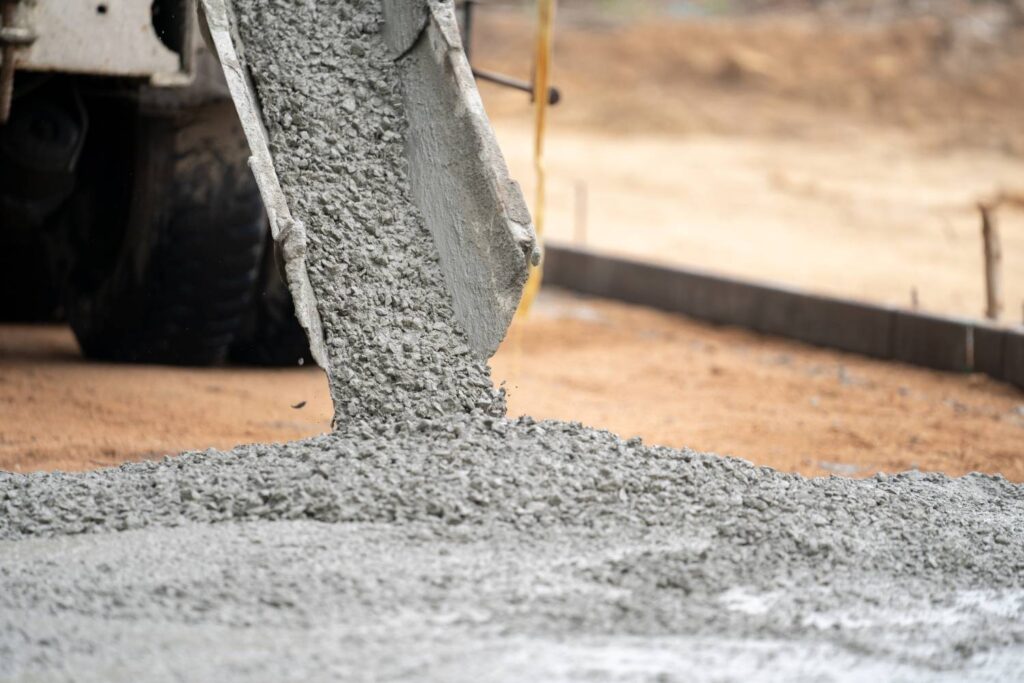
Brief history and evolution of concrete:
In ancient times, the Romans used a mixture of lime, sand, and crushed stone to create "Roman concrete," building aqueducts, bridges, and monumental buildings like the Pantheon. This knowledge was lost in Western Europe during the Middle Ages, only to be revived and revived during the Renaissance by architects such as Brunelleschi and Palladio.
The big breakthrough came in the 19th century with the development of Portland cement by Joseph Aspdin, revolutionizing concrete production.
During the Industrial Revolution, concrete rapidly expanded as an essential material for infrastructure. In the 20th century, concrete construction technologies and techniques were innovated. Currently, the focus is on sustainability and reducing concrete's carbon footprint.
Environmental impact of concrete:
Despite its tradition and structural benefits, concrete production is highly energy-intensive and emits CO2In terms of pollution, the cement industry is responsible for approximately 81% of global CO2 emissions, according to data from the International Energy Agency. This production emits between 0.8 and 1 ton of CO2 per ton of Portland cement, which implies a considerable environmental burden. Concrete production requires massive extraction of natural resources, such as limestone, clay, and water, which can lead to the degradation of local ecosystems, loss of biodiversity, and soil and water pollution.
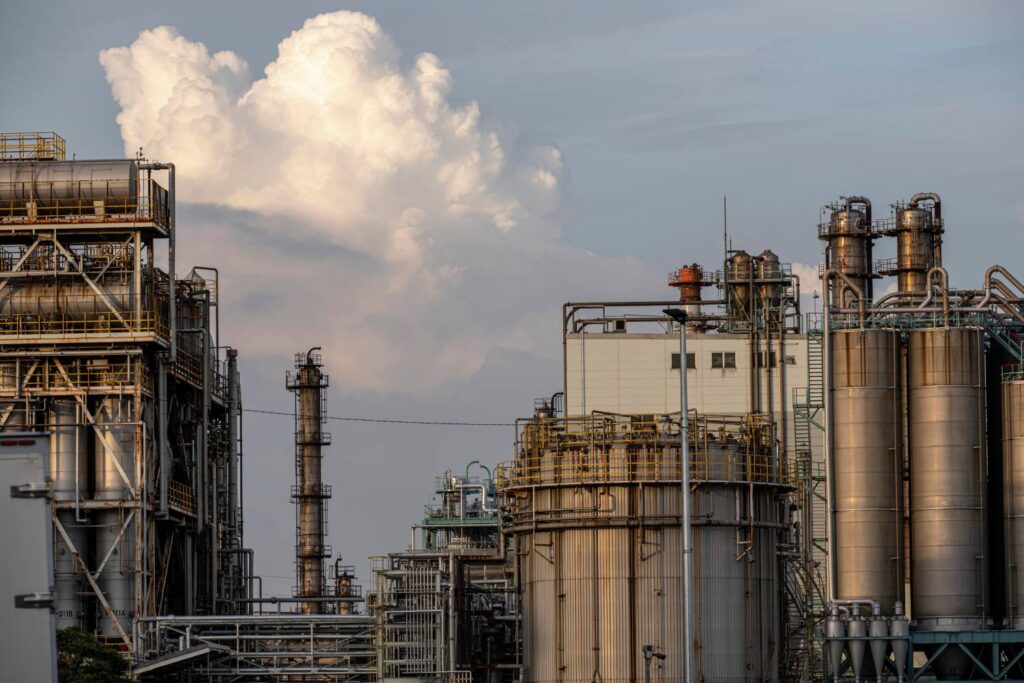
During the construction phase, concrete can generate large amounts of waste, especially in demolition and renovation projects. Although concrete is recyclable, the process can be costly and energy-intensive, limiting its viability in many cases. Consequently, a significant amount of concrete ends up in landfills, contributing to waste accumulation and resource depletion.
Technological advances for decarbonization:
In order to address the climate effects associated with the production and use of concrete, strategies have been developed to mitigate the environmental impact of this material:
- Alternative cements: Alternative cements are being developed that require less energy to produce and emit less CO2. Examples include blast furnace slag cement and fly ash cement, which use industrial byproducts as primary materials.
- Carbon Capture and Storage (CCS): Some cement plants are implementing carbon capture technologies to trap CO2 emissions before they enter the atmosphere, thereby reducing their environmental impact.
- Low carbon concrete: New concrete formulations are being developed that incorporate recycled and low-carbon materials, such as blast furnace slag, fly ash, and recycled glass powder.
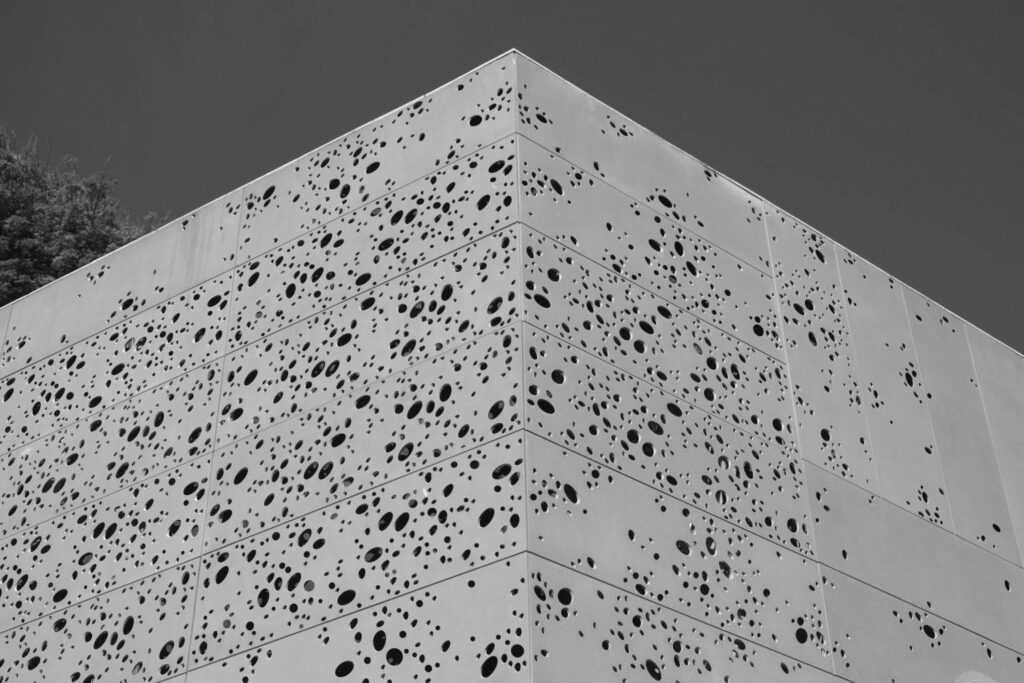
Sustainable construction projects and their certification:
In large-scale construction projects, such as office buildings, housing, and infrastructure, sustainable design practices are being implemented, including the use of low-carbon concrete and construction techniques that minimize material and energy waste. Within these types of projects, and to become benchmarks in sustainability, the concepts of buildings with zero and near-zero carbon footprint.
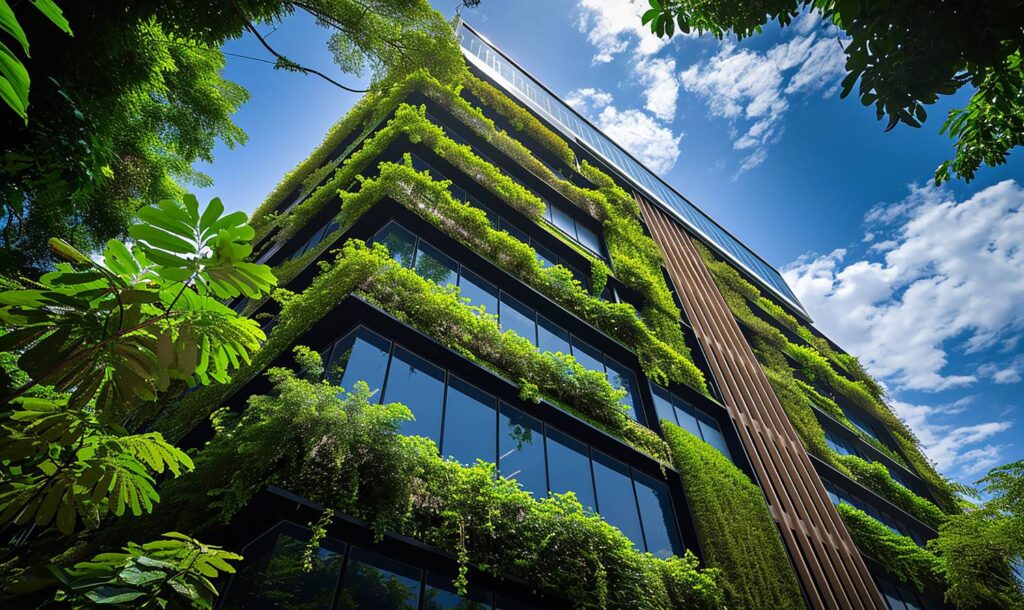
Building with zero carbon footprint:
A zero-carbon building is one that contributes no net carbon dioxide (CO2) emissions throughout its lifecycle, from construction through operation and demolition. This type of building not only minimizes emissions but can also offset any residual emissions through measures such as purchasing carbon credits or planting trees.
Building with almost zero carbon footprint:
A near-zero carbon building is one that has reduced its CO2 emissions to the lowest possible level through the implementation of advanced technologies and sustainable practices, although it may not reach absolute zero.
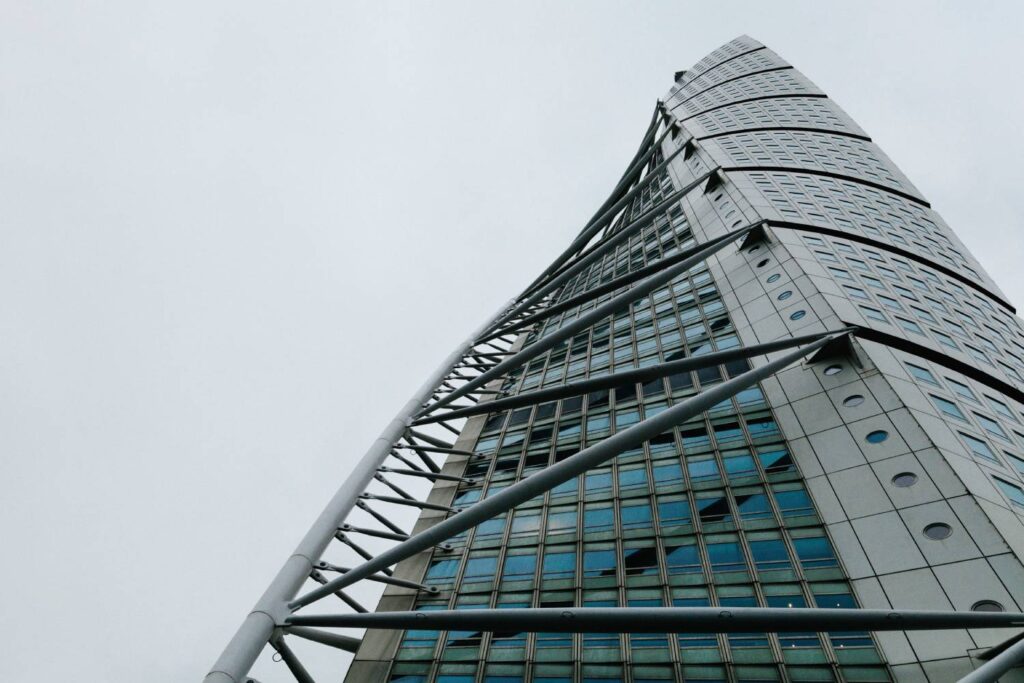
LEED certification in low-carbon construction
LEED (Leadership in Energy and Environmental Design) certification has established itself as one of the most effective tools for ensuring that buildings are not only energy-efficient but also fully sustainable. With a design and construction approach that considers environmental impact throughout the building's entire lifecycle—from planning and construction to operation and eventual demolition—this approach seeks to minimize resource use, reduce waste generation, and mitigate greenhouse gas emissions.
Sustainable construction using LEED parameters includes the following principles:
- Energy efficiency: Use of technologies and practices that reduce energy consumption, such as solar panels, LED lighting systems, and high-efficiency equipment.
- Sustainable materials: Choosing building materials that have a low environmental impact, are recyclable or reusable, and come from responsible sources.
- Water management: Implementation of systems that optimize water use, such as rainwater harvesting and the installation of low-consumption devices.
- Indoor air quality: Use of advanced ventilation systems and materials that do not emit toxic pollutants, ensuring a healthy environment for occupants.
- Design for durability: Construction of buildings that can withstand the test of time and require less maintenance and repairs.

The certification LEED, granted by the Council of the Green Building in the United States (USGBC) and with a strong presence in Spain through the Spanish Green Building Council(SPAINGBC) is a globally recognized standard for assessing the sustainability of buildings. Projects seeking this certification must meet strict criteria in several areas, ensuring that a building is not only environmentally friendly but also efficient and healthy for its occupants.
In upcoming articles, we will go into even more depth about this important certification, however, if you really want to become an expert in sustainability, deepen your knowledge of energy certifications in Buildings and lead the development of low carbon footprint projects, we recommend you sign up for our Master's Degree in Renewable Energy, Smart Grids, and Electric Mobility, where you can train with us to take the exam LEED Advisor, allowing you to manage and guide projects with high environmental standards, actively contributing to the creation of a more sustainable built environment and improving your competitiveness in the labor market.


